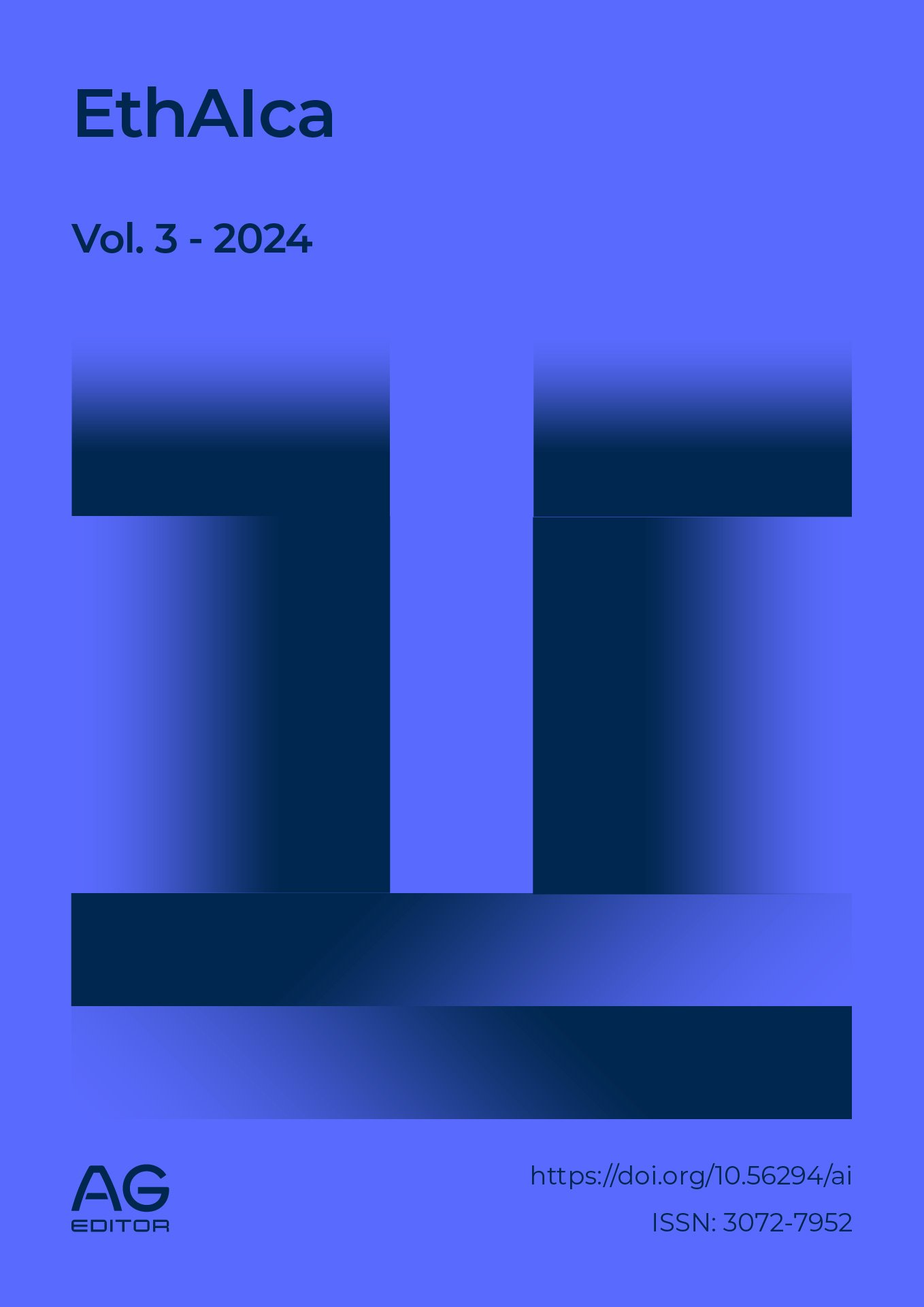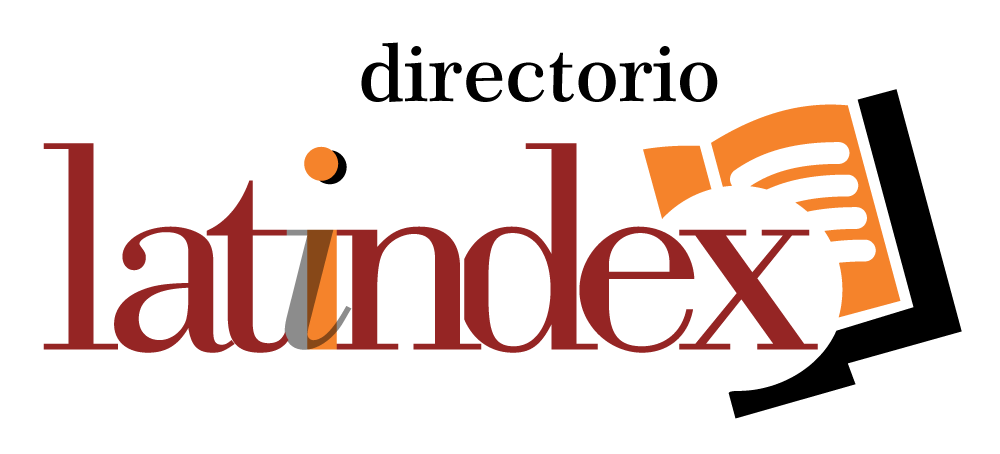Artificial Intelligence, Chat GPT, and Virtual Reality in Education
DOI:
https://doi.org/10.56294/ai2024118Keywords:
Inteligencia Artificial, Chat GPT, Realidad virtualAbstract
This intervention plan will be implemented at the Maryland Educational Unit in Córdoba. Due to technological advances, teachers and students need to incorporate ICT into classroom learning, developing new skills that will help them stay at the forefront of their field. For this reason, we are proposing a training project on educational innovation, providing tools and strategies such as artificial intelligence, aimed at primary school teachers, for the inclusion of new technologies in classroom practices during the 2024 school year. Six meetings will be held. In the first stage, an informative meeting will be held with the management team and then with the teachers. The first meeting will present the topic of artificial intelligence and its applications in education. The second meeting will introduce Chat GPT, and the third meeting will present virtual reality. The fourth meeting will present different platforms for exploring educational virtual reality content. This will be followed by a practical class. The last meeting will present additional resources and online communities for further exploration of these technologies. The meetings will be led by the external educational advisor. The institution's resources will be used. It is hoped that, with these tools, teachers will acquire critical thinking, reflection, comparison and analysis skills for use in the school environment. These tools develop creativity and innovation, exploring multiple possibilities. The purchase of virtual reality glasses is recommended.
References
Ahumada P. La evaluación en una concepción de aprendizaje significativo. Ediciones Universitarias de Valparaíso; 2001.
Blázquez Sevilla A. Realidad aumentada en educación. Creative Commons 3.0 Internacional; 2017.
Caldeiro G, Chamorro F, Gonzalez N, Kvitca A, Milillo C. Inteligencia artificial y aprendizaje activo: investigación y diseño de datos, estrategias de enseñanza con IA en escuelas. [Sin lugar]; [s.f.].
Carbonel J. La aventura de innovar: el cambio en la escuela. Ediciones Morata; 2001.
Dussel I, Quevedo L. Educación y nuevas tecnologías: los desafíos pedagógicos ante el mundo digital. VI Foro Latinoamericano de Educación. Buenos Aires: Santillana; 2010.
Fernández Navas M. Innovación educativa: más allá de la ficción. Ediciones Pirámide; 2016.
Freire Andrade P. Intervención educativa: ¿qué es, cómo y para qué se hace? Universidad Pedagógica Nacional Aguascalientes; 2009. Disponible en: http://www.upn011.edu.mx
Gamma. Inteligencia artificial para docentes. Disponible en: https://gamma.app/docs/Inteligencia-Artificial-para-Docentes-b4c5pmmnyskp2yq
Infoleg. Ley de educación nacional. Disponible en: https://servicios.infoleg.gob.ar/infolegInternet/anexos/120000-124999/123542/norma.htm
UNESCO. Inteligencia artificial en la educación digital. Disponible en: https://www.unesco.org/es/digital-education/artificial-intelligence
UNESCO. Alfabetización digital. Disponible en: https://www.unesco.org/es/literacy/need-know
Lévy P. Cibercultura: la cultura en la sociedad digital. Barcelona: Anthropos Editorial; 2007.
Morduchowicz A, Suasnábar JM. Chat GPT y educación: ¿oportunidad, amenaza o desafío? Enfoque Educación [Internet]; 2023. Disponible en: https://blogs.iadb.org/educacion/es/chatgpt-educacion/
Sánchez V. Recursos educativos digitales. Smile and Learn; 2021.
Universidad Siglo 21. Módulo 0. Plan estratégico: modelos de aprendizajes innovadores. [s.f.]. Disponible en: https://siglo21.instructure.com/courses/9629/pages/plan-de-intervencionmodulo-0#org0
Universidad Siglo 21. Módulo 0. P.I. Unidad Educativa Maryland. Lecciones 1, 2, 3, 4, 5, 6, 8, 10, 11, 13, 14, 15 y 18. [s.f.]. Disponible en: https://siglo21.instructure.com/courses/9629/pages/plan-de-intervencion-modulo-0#org3.
Published
Issue
Section
License
Copyright (c) 2024 Karina Alejandra Rissone, Vittar Mariana Arruabarrena (Author)

This work is licensed under a Creative Commons Attribution 4.0 International License.
The article is distributed under the Creative Commons Attribution 4.0 License. Unless otherwise stated, associated published material is distributed under the same licence.






